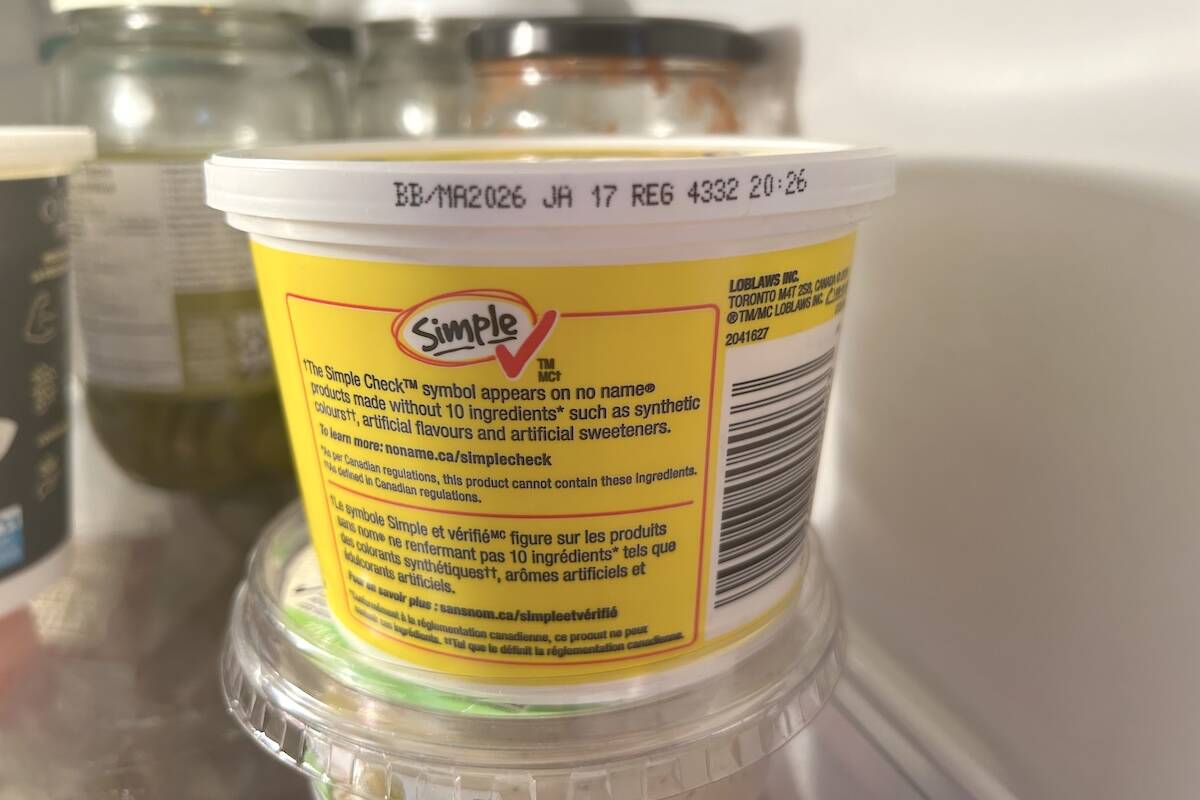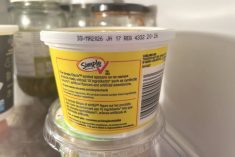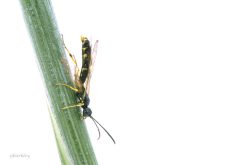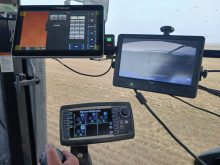Electronic livestock identification tags are key to Canada’s traceability system, but tags used in Canada are notorious for problems, particularly in cold weather.
A new high-tech tag-testing lab at SAIT Polytechnic is looking for a solution, thanks to a half-million-dollar grant from the Alberta Livestock and Meat Agency (ALMA).
“Right now, the problem is that ear tags tested overseas and being used in Canada are not performing particularly well in our harsh conditions. By creating a lab here in Canada, we can employ tests to ensure tags stand up better,” says Bob Davies, the SAIT researcher heading the project. “Any improvement in traceability is going to improve the safety and quality and marketability of Canadian beef products.”
Read Also

Best before doesn’t mean bad after
Best before dates are not expiry dates, and the confusion often leads to plenty of food waste.
Every ear tag used for Canadian beef cattle must pass standards set by the International Committee of Animal Recording (ICAR) and the International Standards Association (ISO). Currently, there are only two ICAR testing labs in the world: one in the Netherlands and the other in Germany. Davies says the SAIT lab will conduct additional and significantly more rigorous performance tests. His highest priority is to ensure tags can withstand a Canadian winter. The lab will also test to other new standards being developed by a committee headed by the Canadian Cattle Identification Agency (CCIA).
CCIA’s communications manager Kori Maki-Adair says these new testing regulations will include accelerated aging of tag plastics and resistance to ultraviolet light degradation.
Maki-Adair says the new regulations are not intended to push other tag-testing labs out of the market.
“Though expanded tag testing is necessary, the committee is working together to balance quality and quantity with cost. (The committee) is sensitive to the fact that setting the bar too high for tag testing could impact manufacturers that currently have approved RFID tags in the national animal identification system.”
Politics
In the year and a half since he first started meeting with companies and certifying bodies overseas about the possibility of opening a Canadian lab, “politics” have made information gathering a challenge, says Davies.
“First, the ICAR standards documents themselves are poorly written with regards to test processes, and some of the proposed test apparatuses simply do not work.”
That’s just the start. Davies travelled to Europe in late May to attend an ICAR technical meeting and visit other players in the livestock identification industry.
“I got no co-operation from the ICAR test labs regarding sharing of information or clarification of the test processes, the attitude being one of protectionism and secrecy,” he says.
Davies says he did receive encouragement from ICAR officials not directly involved in testing, from manufacturers such as Allflex Europe and from the Joint Research Centre, a lab in Italy that had past experience conducting ICAR accreditation testing.
“The really odd thing about this is that manufacturers are really the most vulnerable party in the certification framework and have the highest stake in secrecy, and yet in the present case seem to be the strongest advocate of the Canadian test lab.”
Davies says support for the lab is strong on Canada. “The labs in Europe that do this work are private, for-profit organizations. We did a poll of companies in Canada and, unanimously, they all agreed they had no business case to approach this kind of work,” says Davies. “Their conclusion, and ours, was that the only way a lab could meet Canadian performance requirements would be to build it at an academic institution like SAIT with a funding body like ALMA. Everyone is on board.”
Once the SAIT lab is up and running, and financially self-sustaining, lab operations will be transparent, unlike the lab’s European counterparts. “Anyone will be able to see what we’re doing. We will compete based on speed of testing, quality of our report generation and price,” Davies says. “Ideally, every test lab should be using the same methods and those methods should be precisely documented in the standards. In a perfect world, there would be no difference in test results from lab to lab.”














